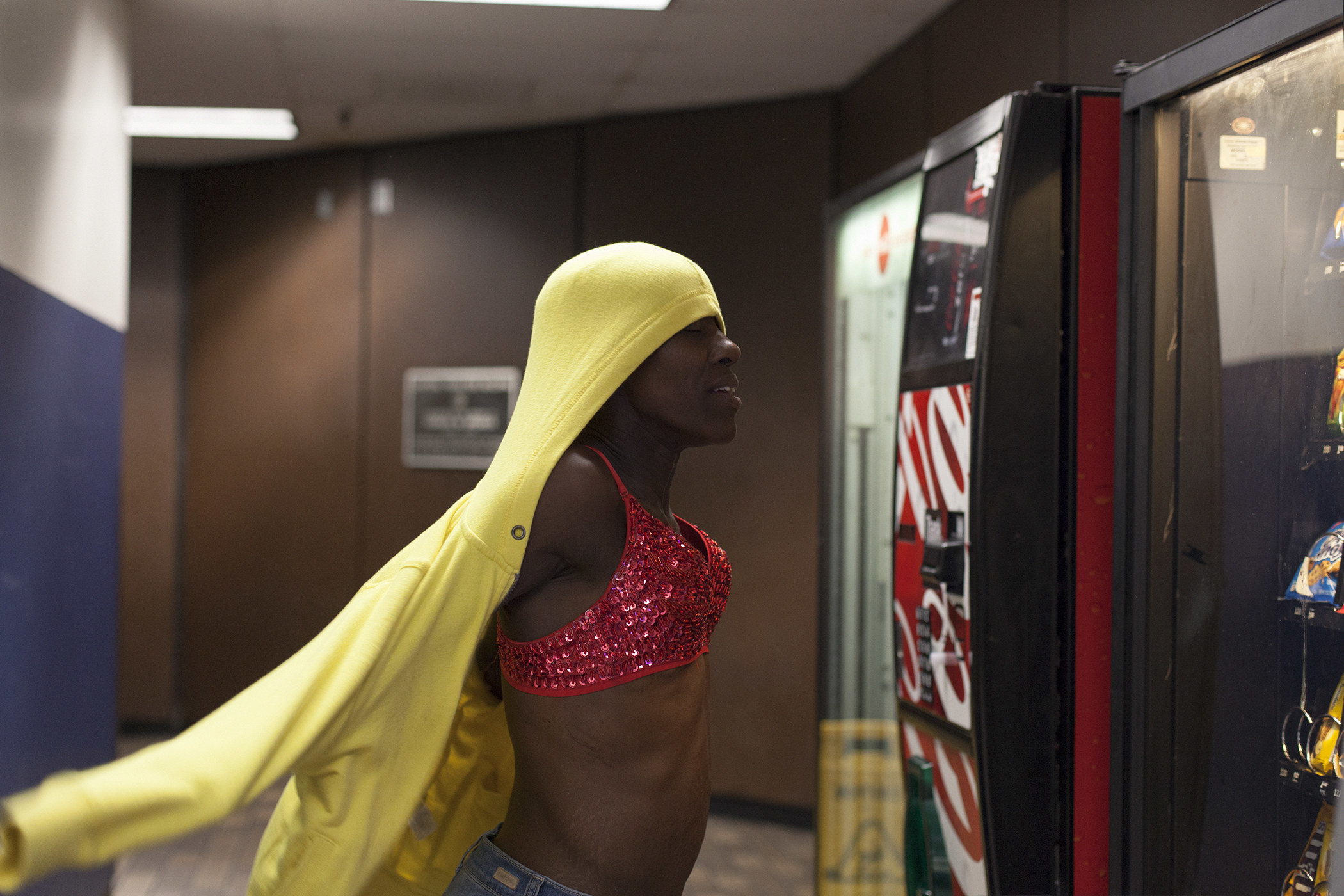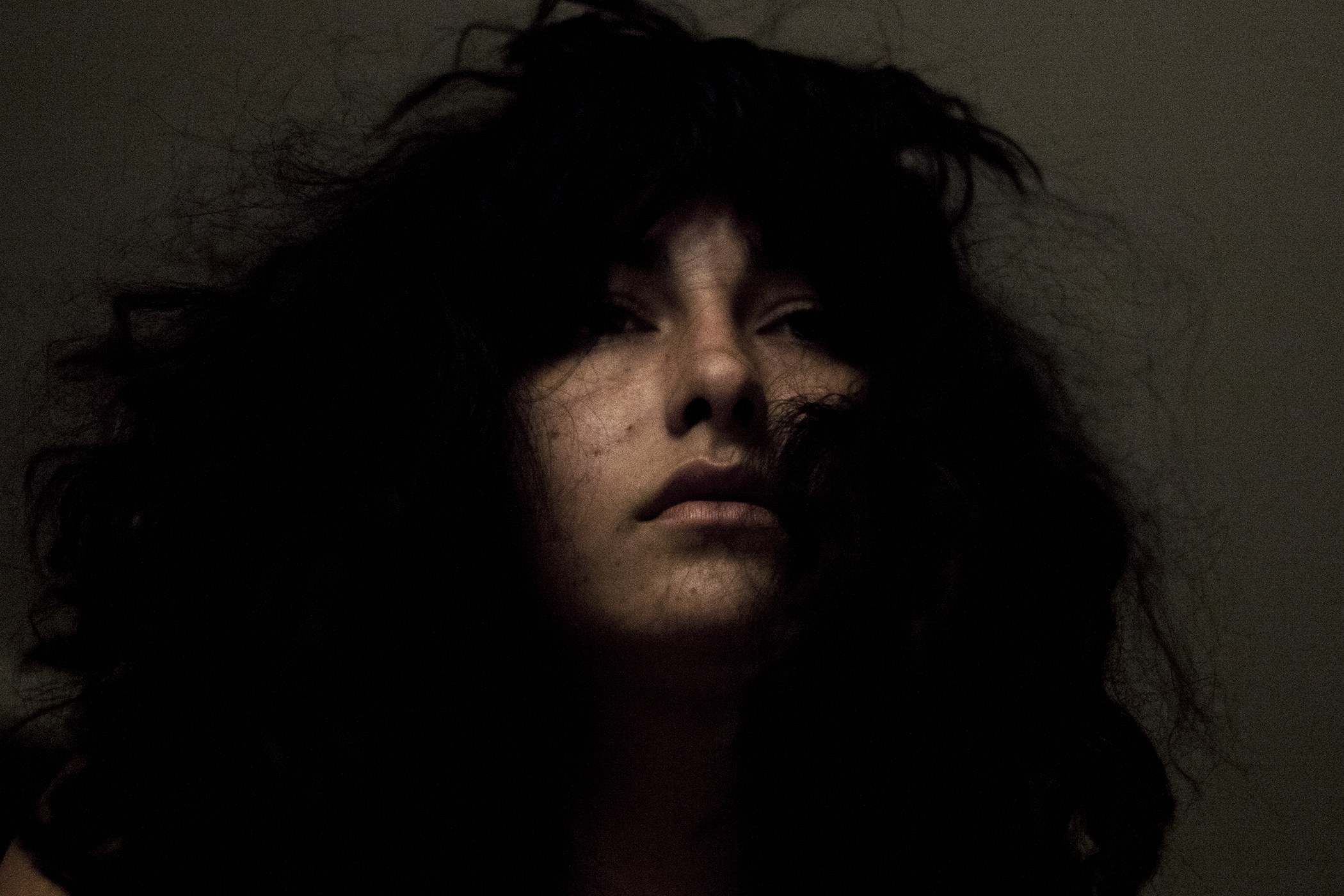
Love photography as much as we do? Sign up for the BuzzFeed News newsletter JPG.
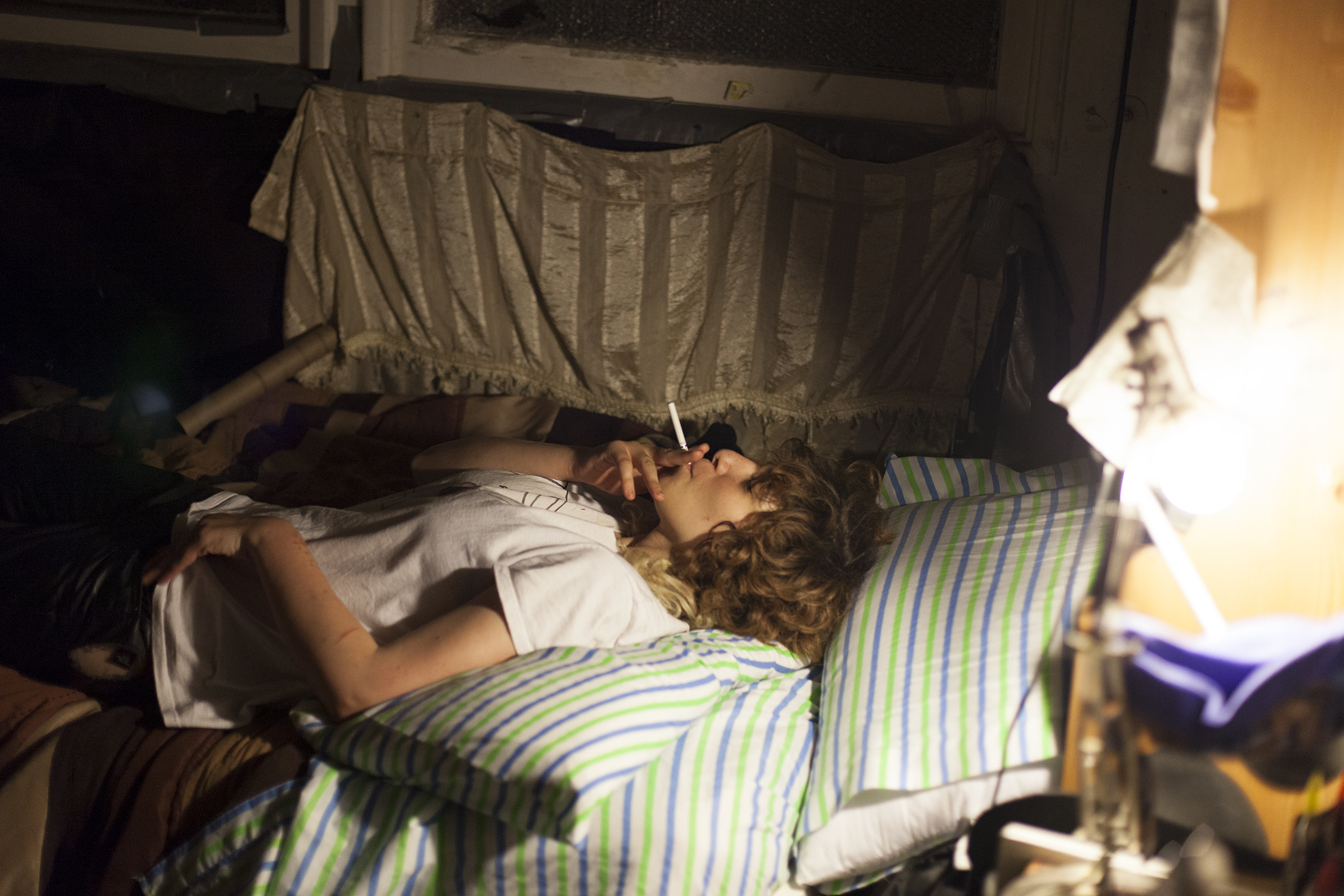
In Los Angeles, the city becomes electric when it gets dark. For photographer Monica Nouwens, it's these hours after sunset when Los Angeles is most vibrant and alive in its diversity and spirit. Nouwens' body of work Gary Let Her Have Her Own Life is comprised of her experiences after dark on the streets of South East Los Angeles and is, in many ways, a love letter to the City of Angels.
Having first moved to Los Angeles in the '90s, Nouwens has spent decades documenting the sharp contrast of lifestyles, from high-end consumerism to youth culture and homelessness. In these pictures, photographed in a distinctly cinematic aesthetic reminiscent of old Hollywood noir, Nouwens captures the faces and scenes of those Los Angelinos who contribute to the cultural mosaic of the city.
Here, Nouwens shares a selection of photographs from Gary Let Her Have Her Own Life and her words on the process and motivations behind the pictures.
Where did Gary Let Her Have Her Own Life begin for you?
Gary Let Her Have Her Own Life is inspired by a stark and gritty story about love that I think can be read in many ways. It tells the story of Gary and Fran in the middle of “You and Whose Army”, a story in Hilton Als’ book White Girls. The fragmented story takes place in Baltimore, but it reminded me of many places in South LA. There is a lot of humor in unexpected places in this story, which I love.
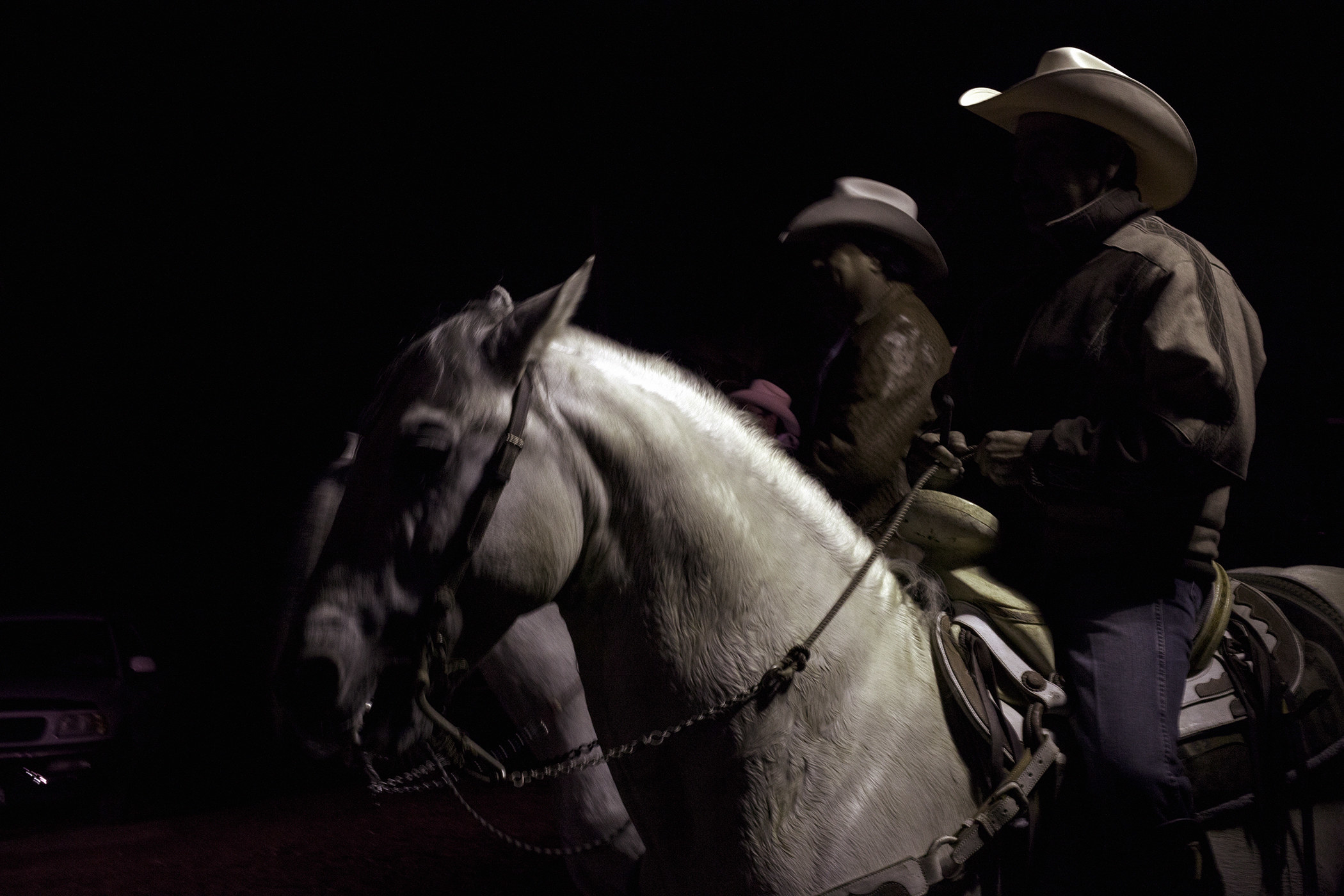


I riff off that tale with a fusion of the mundane, the volatile and the grotesque, and the contradictions that look beyond the limitless boundaries of America’s brutal capitalism and goes into spaces that are often rendered invisible. Here, people live and form new communities, far away from the given economic consumer structure and with very different arrangements and agreements. I explore these spaces with a completely open mind.
I have no intention to convince anyone of anything, I am just being/coexisting in these environments and capturing the moments that to me depict the soul and strength of people who may appear powerless to others, but there is so much more complexity in this. These are chance encounters that when viewed as photographs or video tell stories about grace and power.
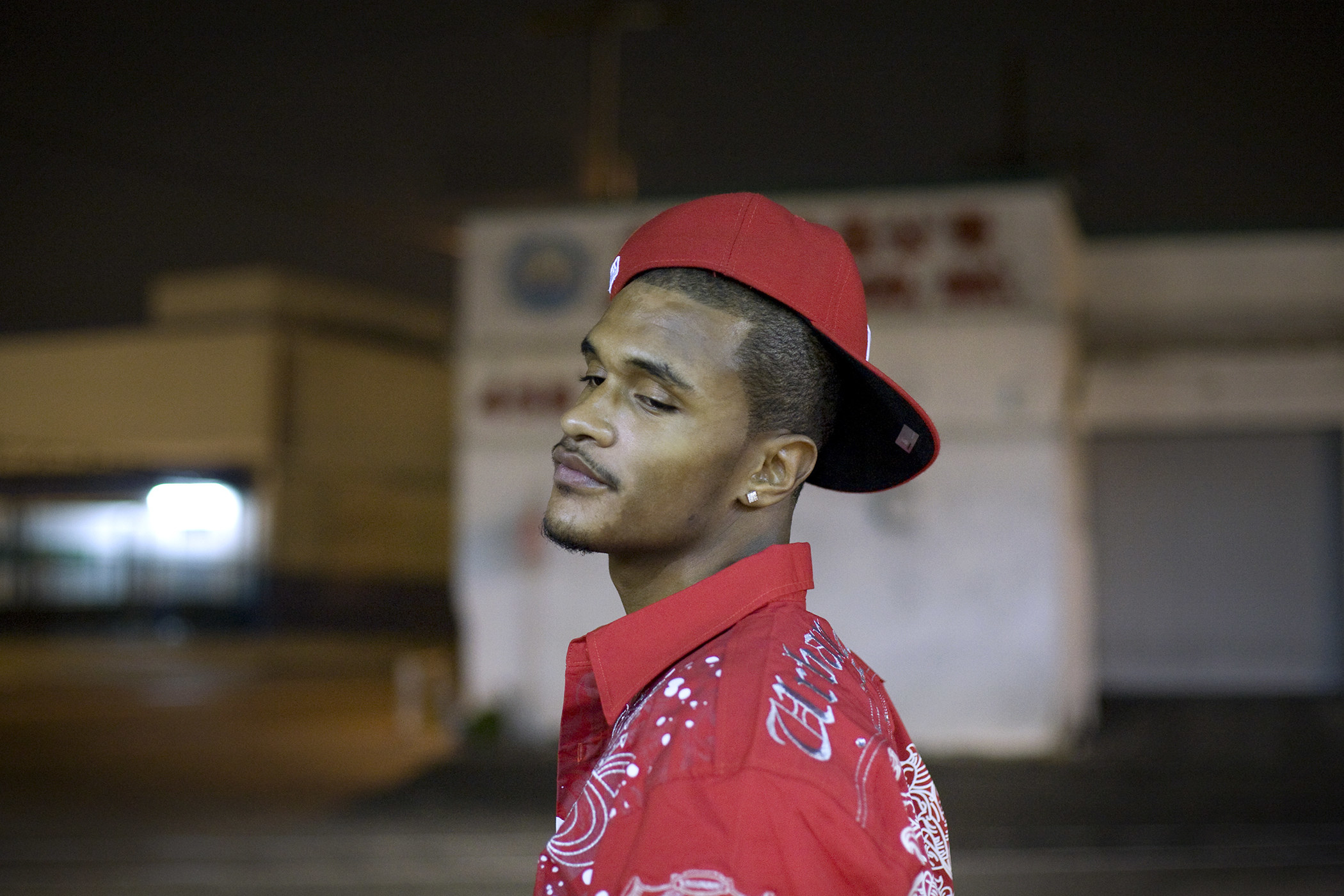
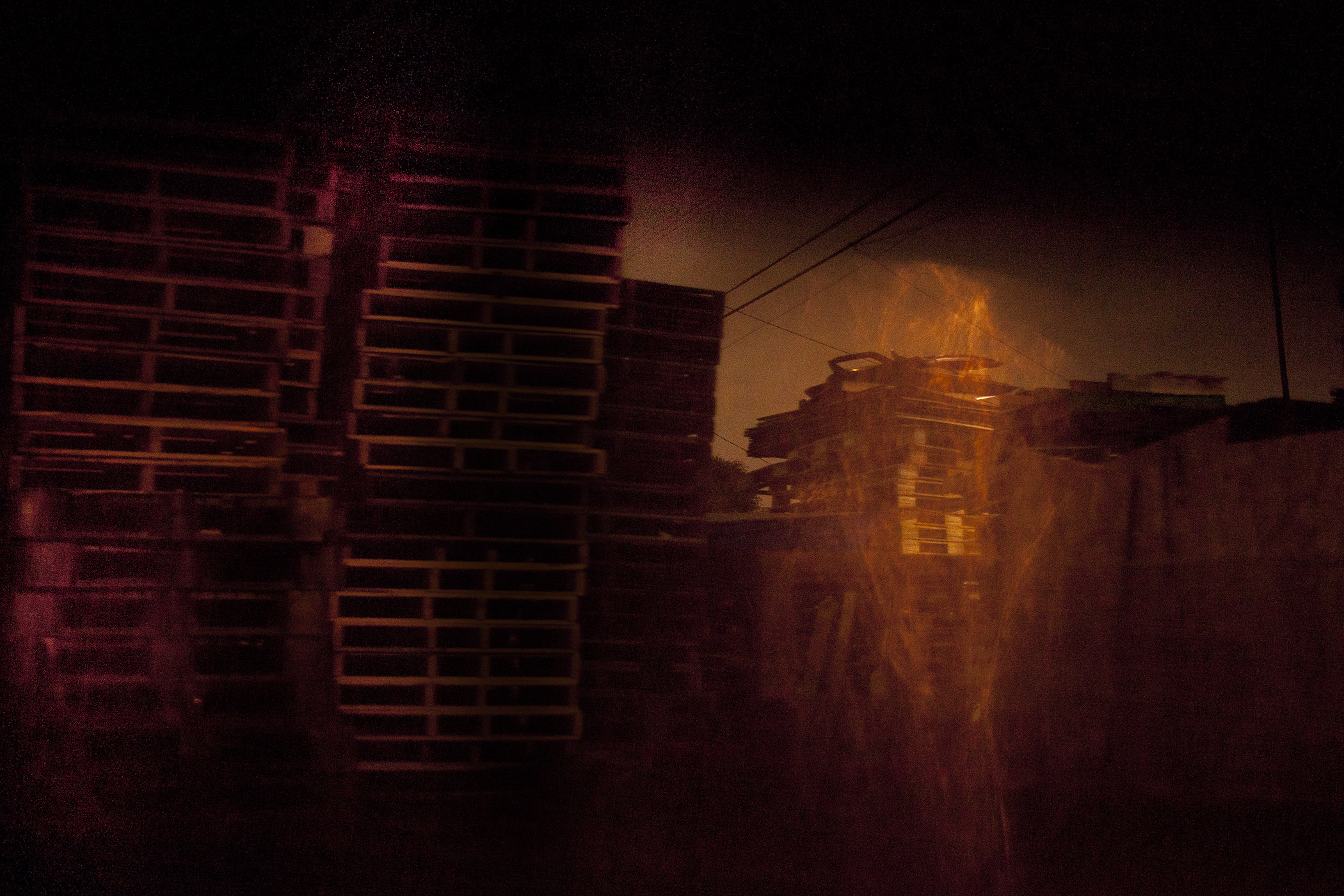
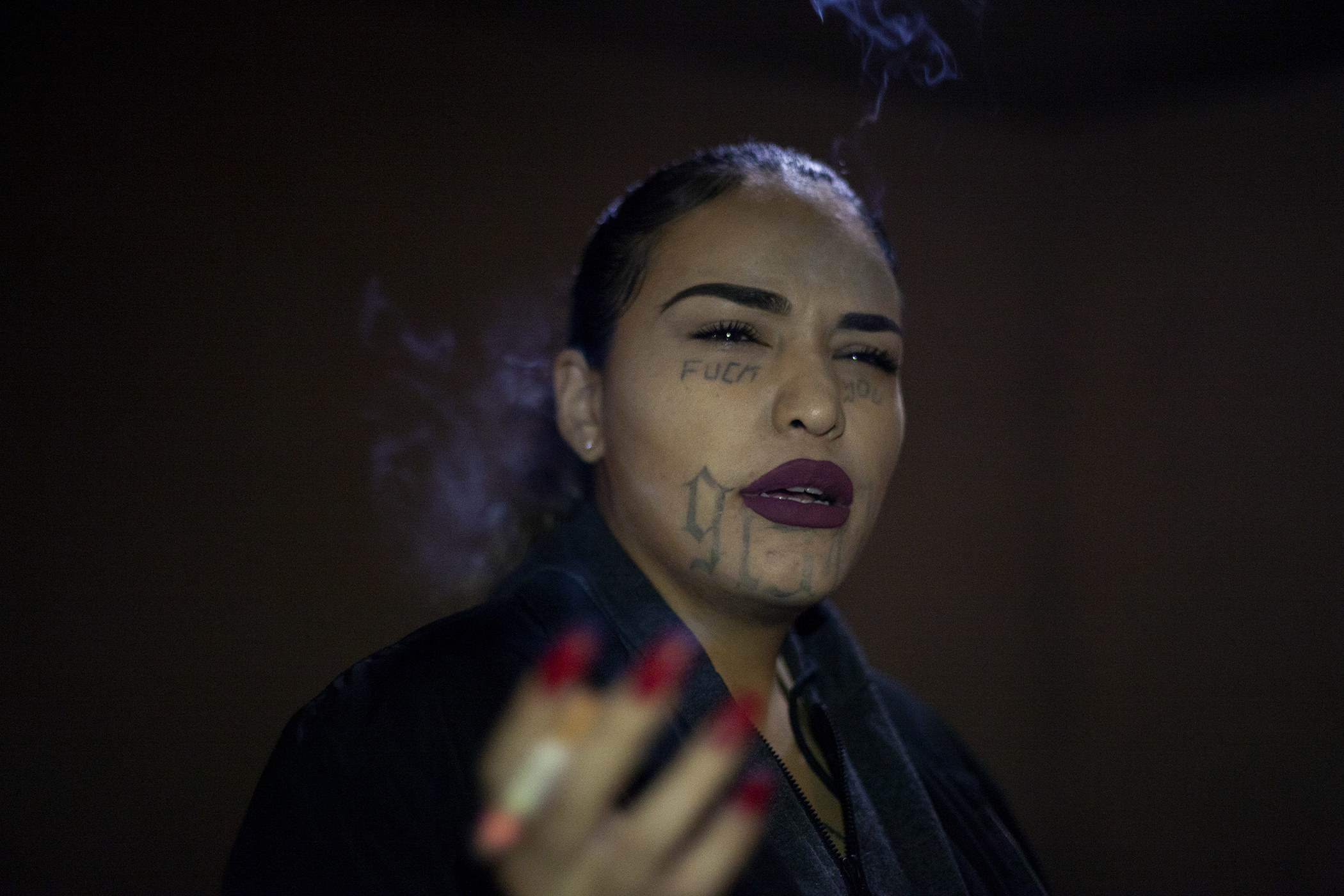
My work takes place at the indistinguishable line between public and private space. On this demarcation line, activism, ties, friendships, communities, and new ways of living exist. These encounters and interactions are both artistic and personal enrichment. And, despite the fences, walls, and economic stratifications, I find the disposition of Angelinos open, and it is because of this generosity that a part of the city opens up to me that would otherwise be concealed.
I try to balance between heaviness and humor, economic violence, and human affection. I challenge myself with the question "What is my place here?" I strive to completely discard my own personality for a time, without claiming space and with clear eyes and ears on the world. To be in the streets without judgment, to not be judged for a moment in this city that has a lot of prestige and pressure to perform, can be very liberating. This is a form of activism for me: finding place and context without pretense.
Can you talk a bit about your process in creating this body of work? How do you meet your subjects?
I go out on the street at night and meet people. It is a process of discovery and of a play of energy between two people. I don't have a fixed idea of what I am looking for, but when it presents itself, I know. These chance encounters and spontaneous bonds lead me to embrace community-based collaborations that arise from my work. I see my work not only in making exhibitions in established institutions but also to work closely with people in my community, through street art, underground and artist-run spaces, and in cooperative exchanges of ideas and imagery.
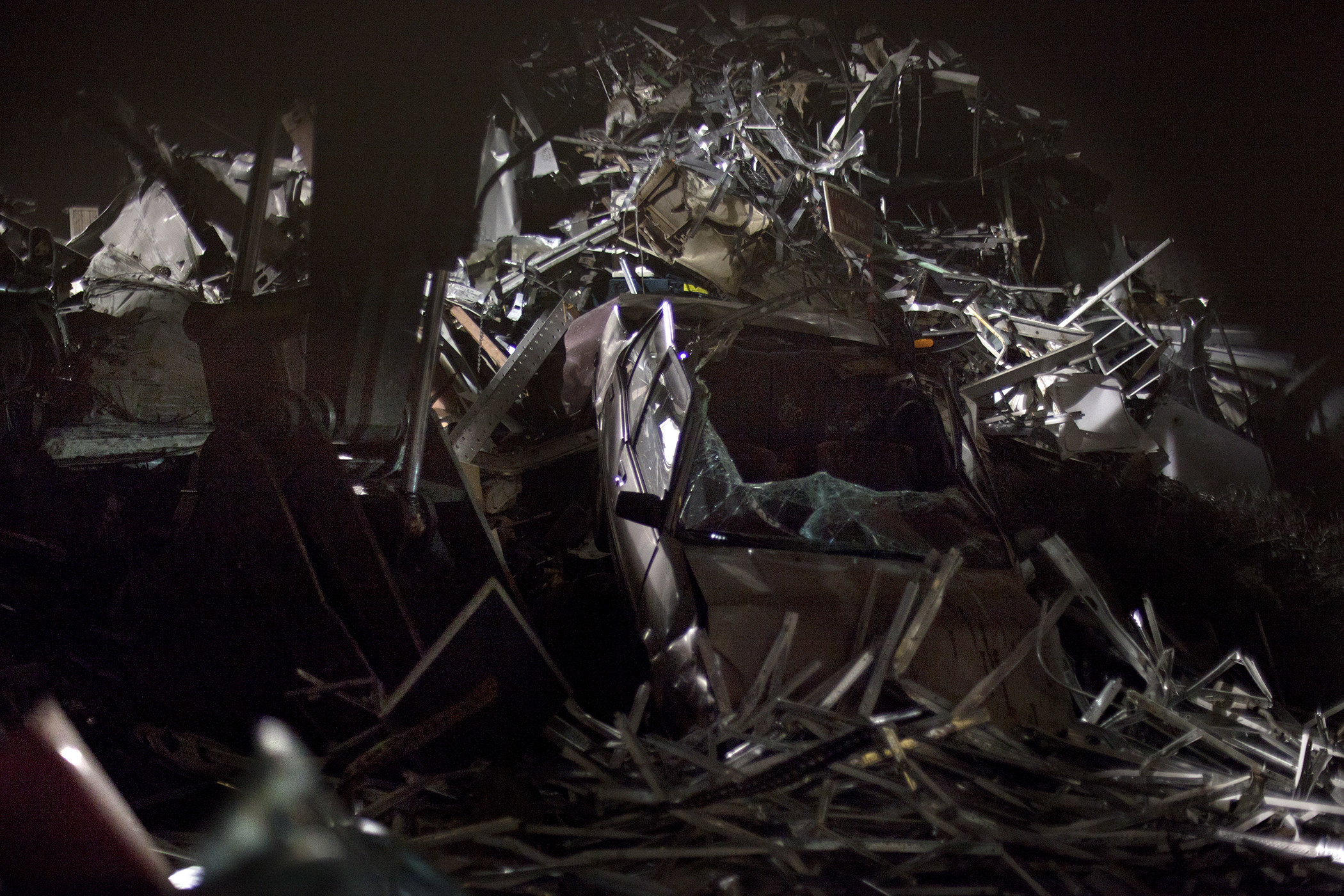
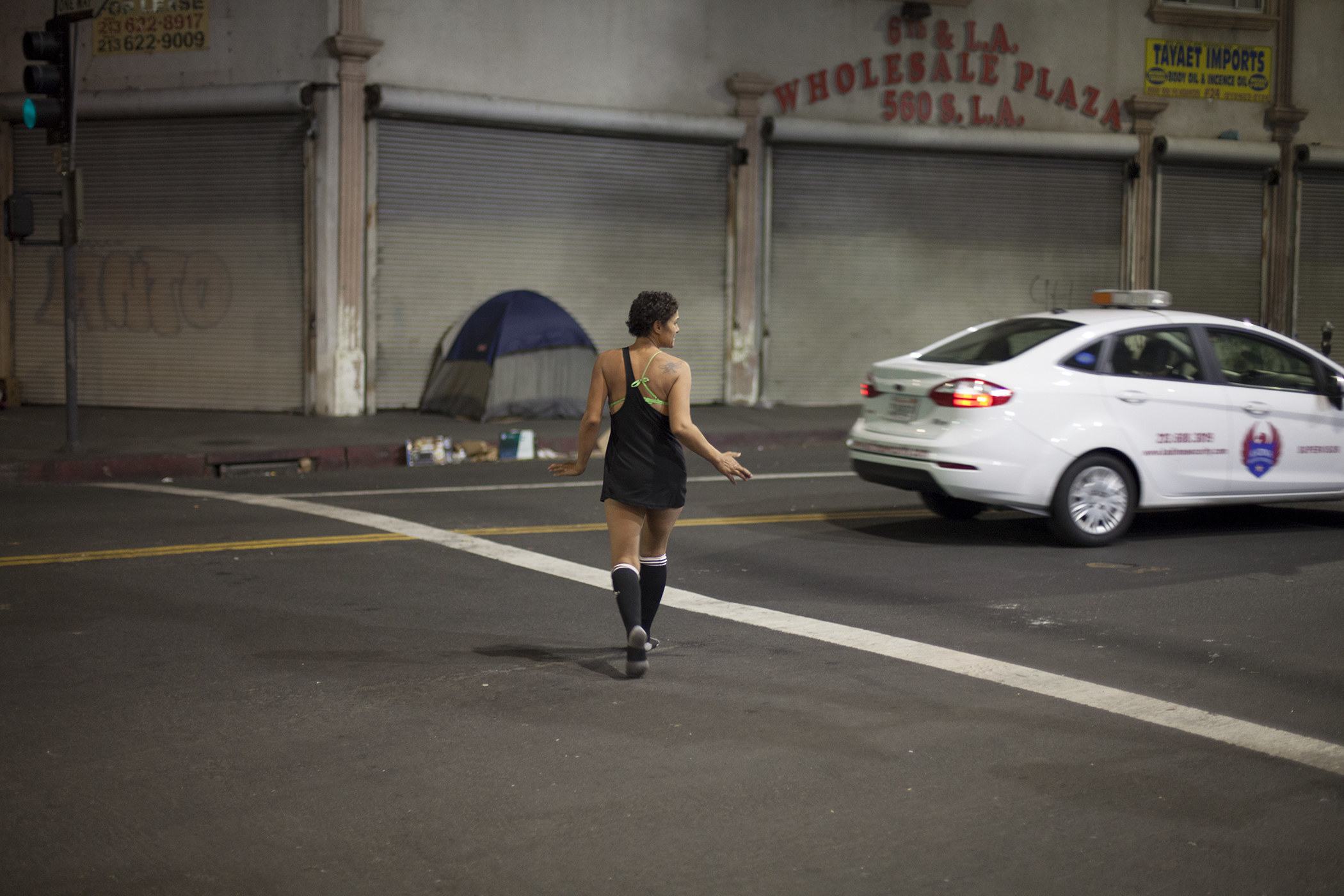
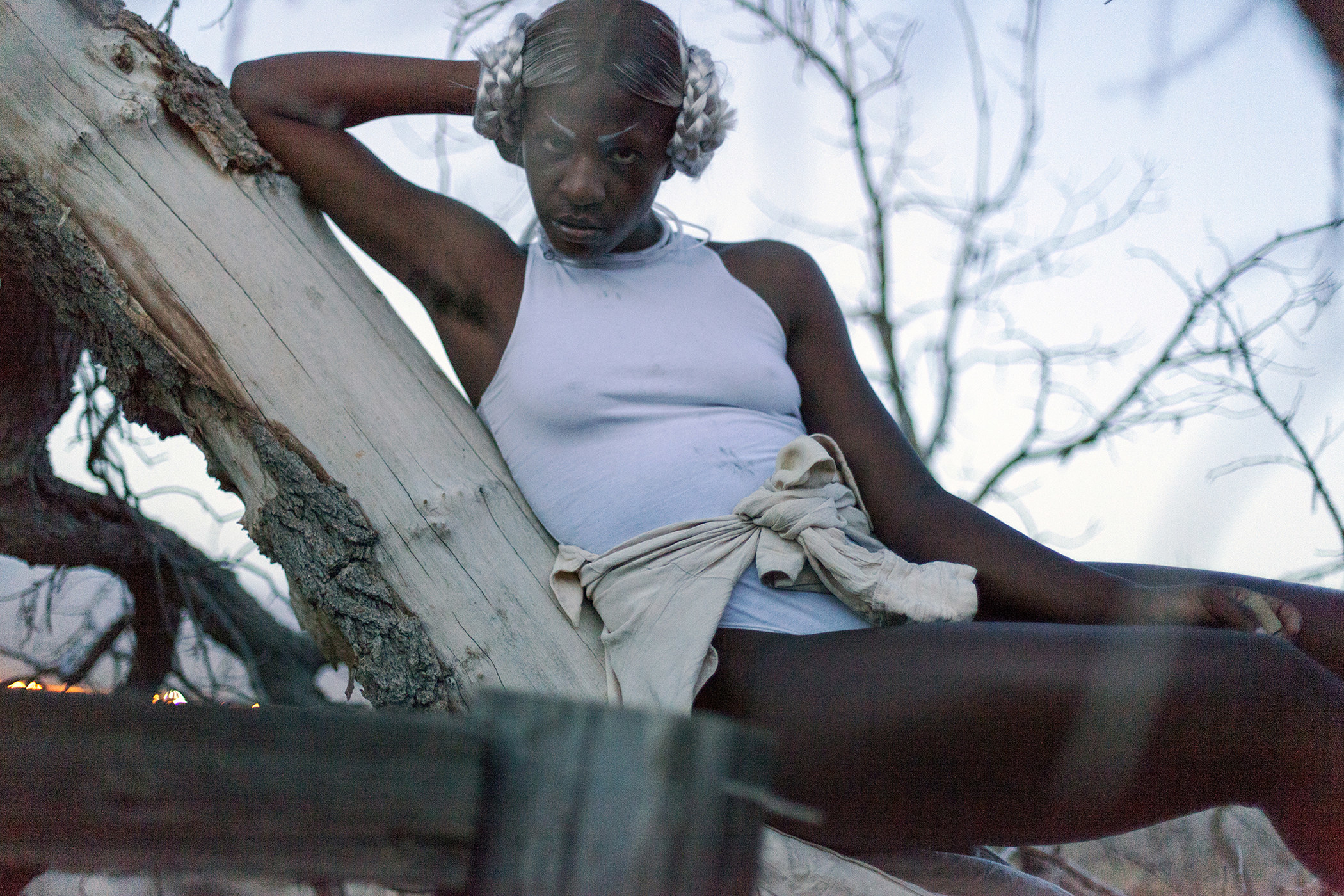
Since beginning this work, what has been one thing that has been entirely unexpected?
When I arrived in LA in the ’90s and started doing this work, no one cared…for a long time. Now, in this moment of broadening cultural awareness, I have found collaborative relationships that support me and my work. I have built a deep relationship with the independent curator jill moniz that I think is really sustaining. She encourages me and considers my work through aesthetic and cultural lens, seeing it as an important part of the LA arts landscape.
She has included my work in exhibitions at her gallery, Quotidian, in downtown LA, and is curating Gary Let Her Have Her Own Life, my solo exhibition in January at Rainbow in Spanish. Because of her generosity, I have had so many new opportunities to meet other artists, have critical discussions about race and class, and feel part of a burgeoning community of artists who consider the impact of their work on something larger than the art world.
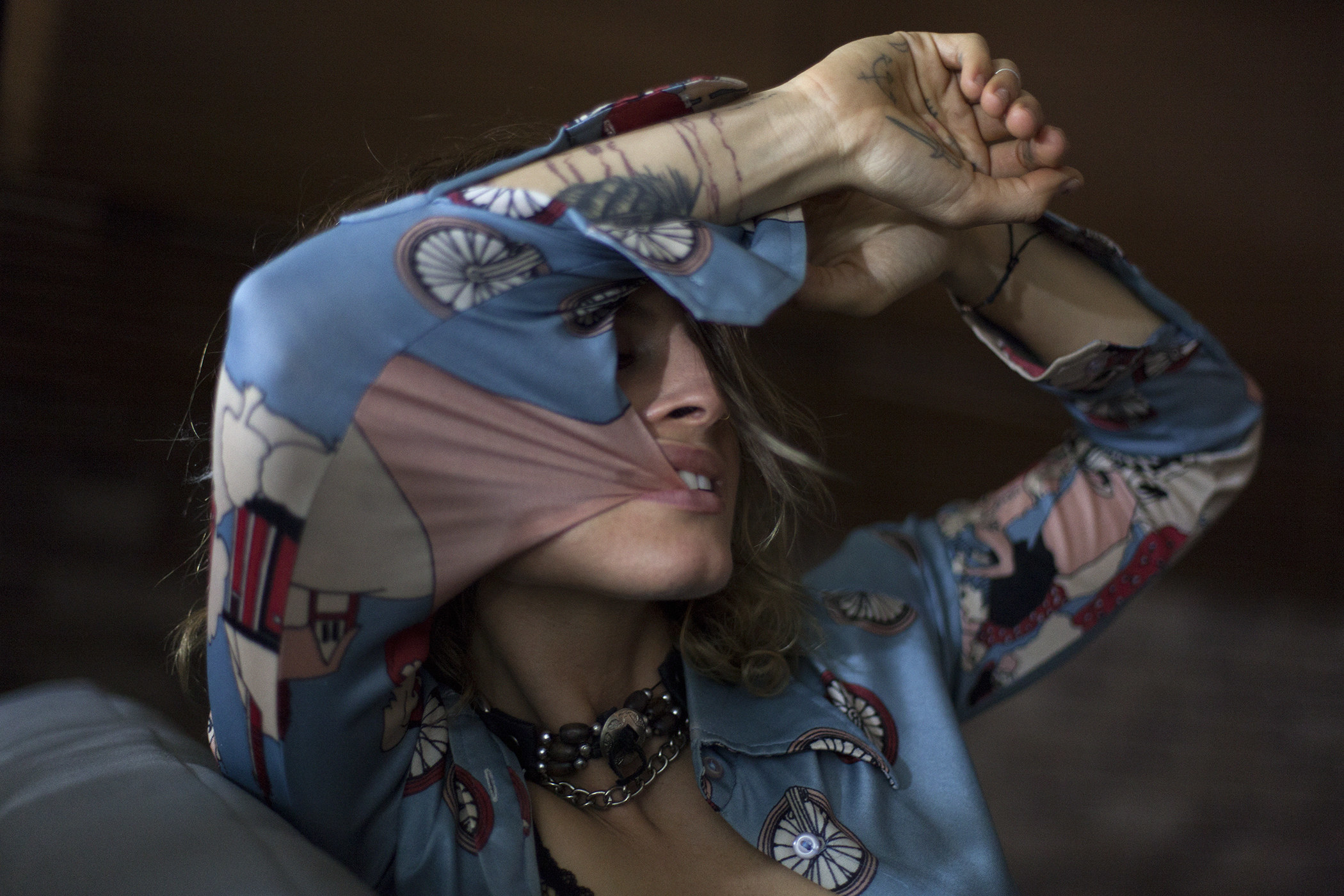
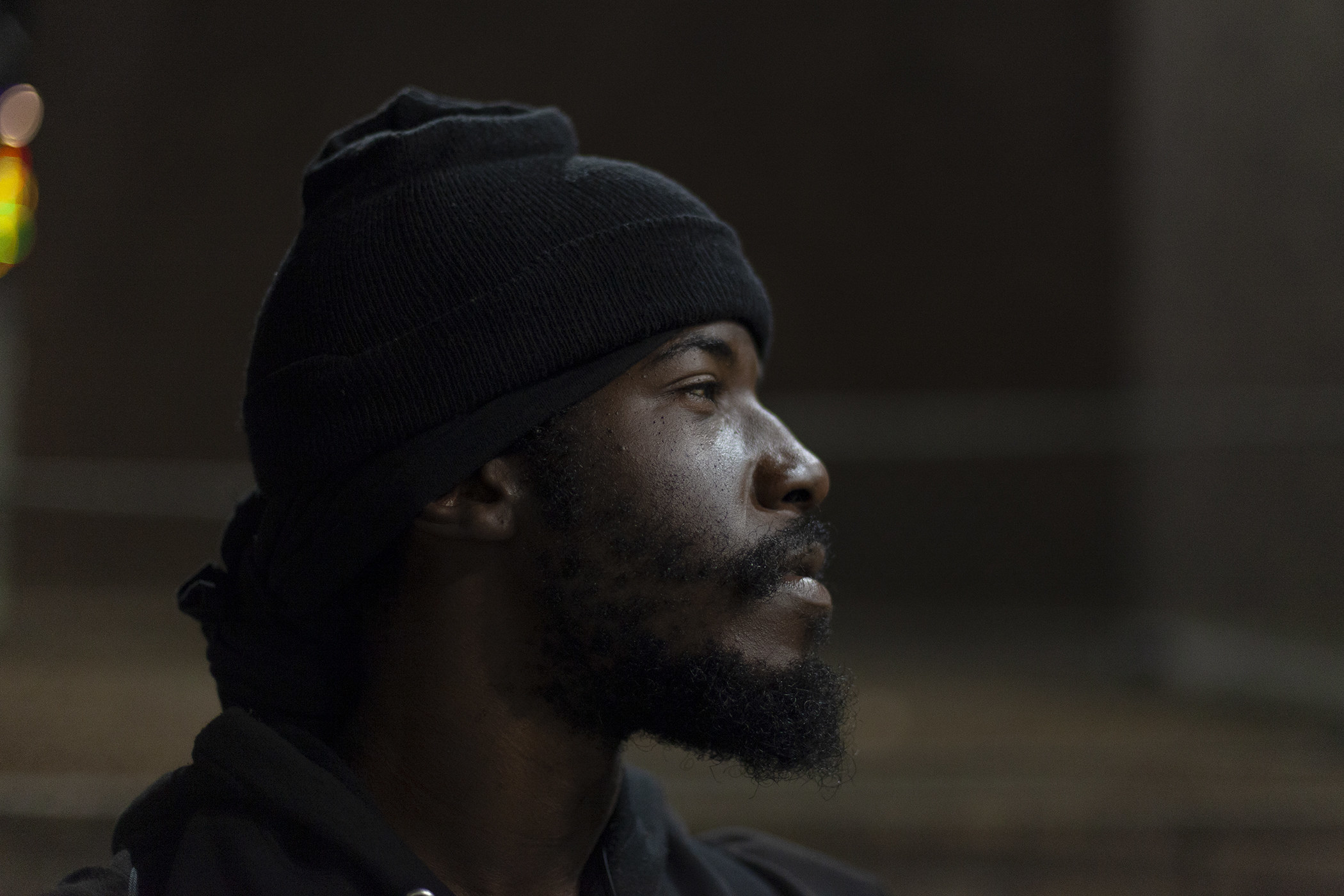
What do you want people to take away from these images?
As I said earlier, I am not trying to convince anyone of anything. But I believe my work is a poetic description — a fragmented visual narrative — of the soul of a place. People will experience it from their own locations and maybe this work can bridge those locations and these spaces to give people the opportunity for greater awareness.
